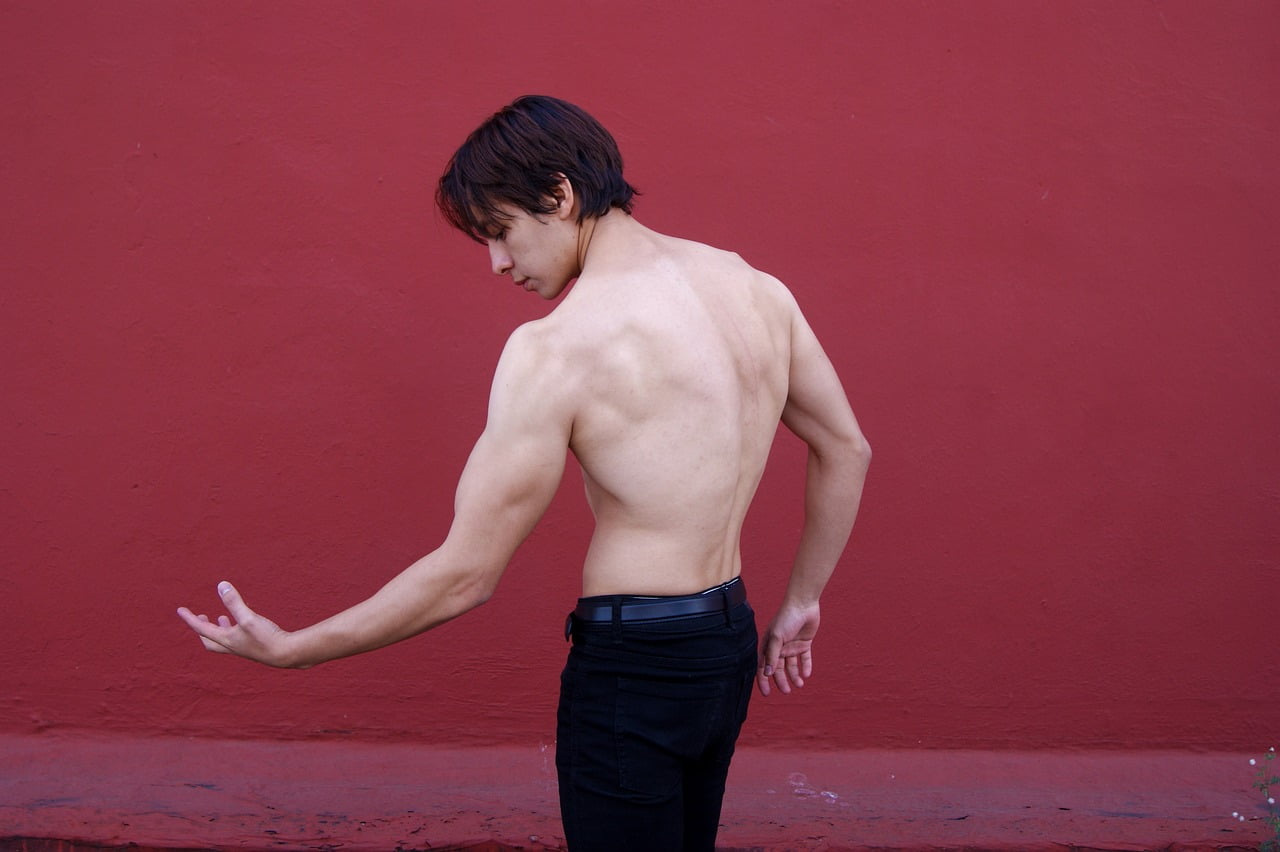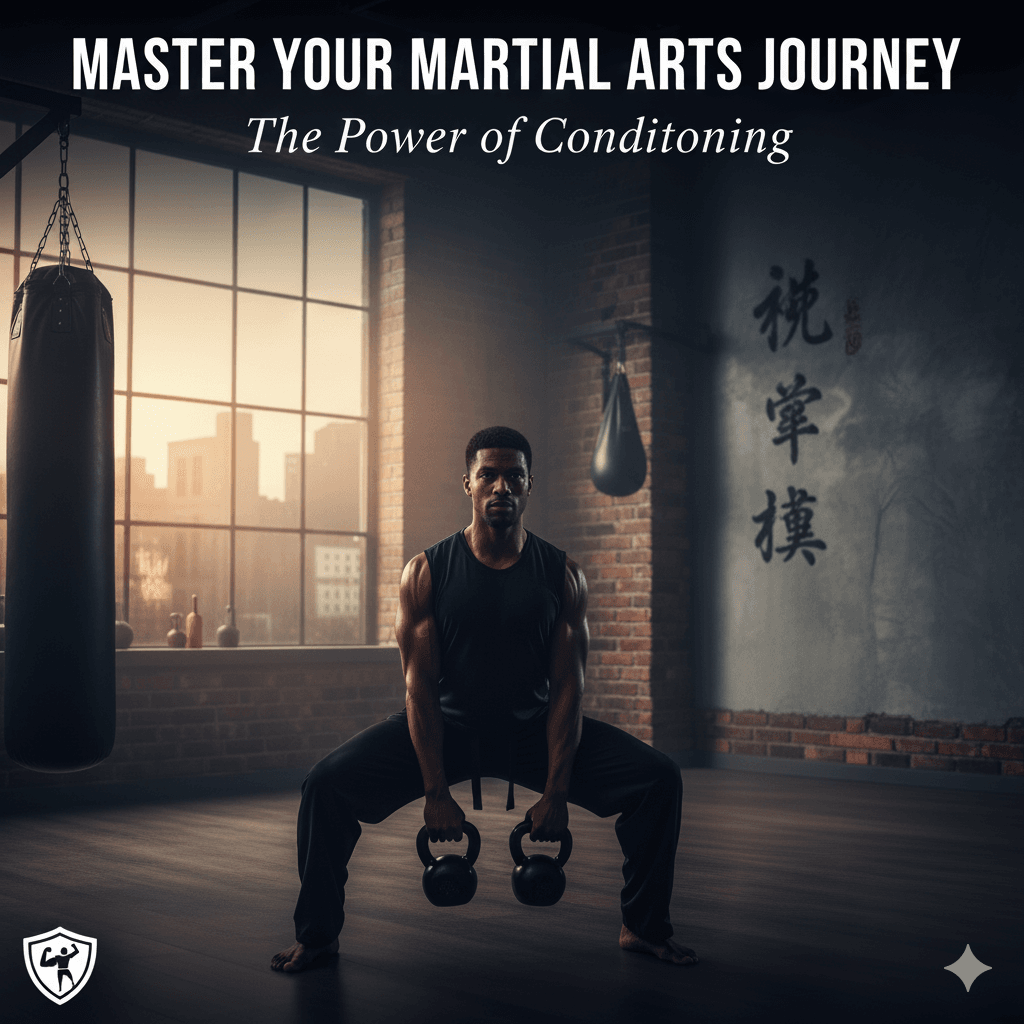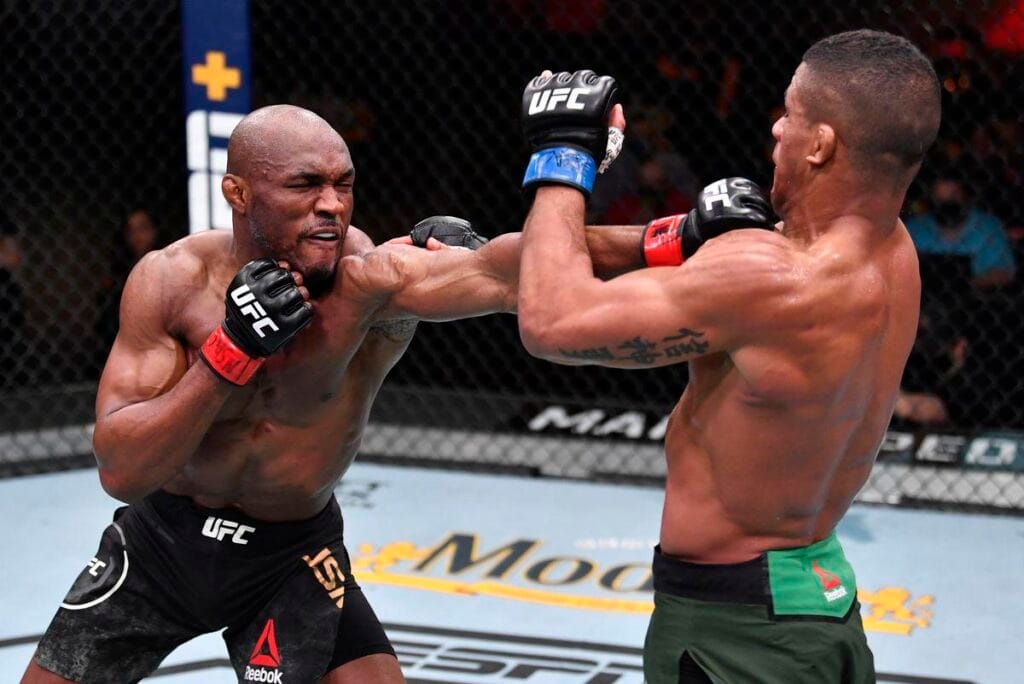Wing Chun is a traditional Southern Chinese Kung Fu style renowned for its efficiency and simplicity.
Originating in the Qing Dynasty, it was developed by the Buddhist nun Ng Mui and was later popularized by martial artists such as Ip Man and Bruce Lee.
The historical origins of Wing Chun are steeped in both legend and documented history.
making it a deeply respected martial art within the Chinese martial arts community.
The appeal of Wing Chun lies in its practical approach to self-defense.
Unlike other martial arts that may focus on acrobatic techniques or brute strength.
Wing Chun emphasizes direct, economical movements designed to neutralize an opponent quickly.
This makes it particularly effective in real-world scenarios where time and efficiency are crucial.
The fundamental principles of Wing Chun include centerline theory, simultaneous attack and defense, and the use of structure over strength.
These principles are not only practical but also make the art accessible to practitioners of all ages and physical capabilities.
Wing Chun has gained global popularity, largely due to its practical applications and the influence of notable practitioners.
Ip Man, one of the most famous Wing Chun masters, played a significant role in popularizing the art in the 20th century.
His teachings have spread worldwide, leading to the establishment of numerous Wing Chun schools and associations.
The art has also been featured in various films and media, further contributing to its international recognition.
Understanding the foundational aspects of Wing Chun is essential for appreciating what all Wing Chun masters bring to the table.
These masters share a deep respect for the art’s history and principles, which they pass down to their students.
The shared knowledge and commitment to the core tenets of Wing Chun are what unify these masters, regardless of their individual teaching styles or interpretations of the art.
Deep Understanding of Wing Chun Principles
One of the unifying attributes among all Wing Chun masters is their profound grasp of the art’s core principles.
These foundational concepts are not merely theoretical; they are integrated into every aspect of training and application.
Central to Wing Chun is the centerline theory, which posits that the shortest distance between two points is a straight line.
Masters understand that controlling the centerline allows for efficient defense and potent attacks.
making it a pivotal element in both offense and defense.
Another essential principle is the economy of motion.
Wing Chun emphasizes minimal movement to achieve maximum effect, thereby conserving energy and ensuring swift, decisive actions.
Masters of Wing Chun consistently apply this principle, enabling them to execute techniques with precision and efficiency.
This economy of motion is closely linked to the concept of simultaneous attack and defense, which is a hallmark of Wing Chun.
By combining these actions, practitioners can neutralize threats while countering simultaneously, maintaining a constant offensive and defensive posture.
Relaxation and sensitivity are also fundamental to Wing Chun.
Masters stress the importance of being relaxed yet alert, as tension can hinder fluid movement and responsiveness.
Sensitivity, often developed through chi sao (sticky hands) practice, allows practitioners to feel and respond to an opponent’s intentions without relying on visual cues.
This heightened sense of touch and awareness is crucial for effective close-quarters combat, where visual perception might be limited.
These principles — centerline theory, economy of motion, simultaneous attack and defense, relaxation, and sensitivity — are the bedrock upon which all Wing Chun techniques are built.
Mastery of these concepts is what sets Wing Chun practitioners apart, enabling them to apply the art’s techniques effectively and intuitively.
By internalizing these principles, Wing Chun masters ensure that their practice is not only efficient but also adaptable to various combat scenarios, making them formidable martial artists.

Rigorous Training and Discipline

Wing Chun masters are renowned for their dedication to rigorous training regimes, which are foundational to their mastery of the art.
Central to this training are the forms Siu Nim Tao, Chum Kiu, and Biu Jee, each of which plays a crucial role in developing a practitioner’s skills.
Siu Nim Tao, the first form, focuses on fundamental stances and movements, emphasizing the importance of structure, balance, and relaxation.
This form is essential for building a strong foundation, teaching practitioners how to control their movements and generate power from a stable base.
Chum Kiu, the second form, introduces more complex techniques, including footwork and body movement.
It helps practitioners to bridge the gap between them and their opponent, enhancing their ability to move efficiently and maintain balance during dynamic exchanges.
The third form, Biu Jee, is advanced and focuses on emergency techniques and the use of explosive power.
This form trains practitioners to recover from compromised positions and to deliver rapid, powerful strikes when necessary.
In addition to these forms, Chi Sao, or sticky hands, drills are a cornerstone of Wing Chun training.
Chi Sao develops sensitivity and reflexes, allowing practitioners to respond instinctively to their opponent’s movements.
Through these drills, Wing Chun masters cultivate a heightened sense of touch and timing, enabling them to maintain control in close-quarters combat.
The use of the wooden dummy, or Muk Yan Jong, is another critical aspect of Wing Chun training.
This training tool helps practitioners to refine their techniques, build precision, and enhance their speed and power.
By practicing on the wooden dummy, Wing Chun masters can simulate real combat scenarios.
allowing them to perfect their strikes, blocks, and footwork in a controlled environment.
The combination of these rigorous training elements ensures that Wing Chun masters develop the discipline, skill, and reflexes necessary to excel in their art.
Focus on Practical Self-Defense
One of the most significant contributions that Wing Chun masters bring to the table is their unwavering focus on practical self-defense.
The art of Wing Chun is inherently designed to be efficient, direct, and effective in real-world scenarios.
This martial art emphasizes techniques that can be executed swiftly and with precision.
ensuring that practitioners are well-equipped to defend themselves in various situations.

Wing Chun’s approach to self-defense is rooted in its core principles, which prioritize economy of movement and the use of an opponent’s force against them.
This is evident in techniques such as the “centerline theory,” which teaches practitioners to protect their central axis while attacking the opponent’s.
By maintaining control of the centerline, Wing Chun practitioners can deliver powerful strikes while minimizing their exposure to attacks.
Moreover, Wing Chun techniques are designed to be adaptable to different contexts, making them highly practical for self-defense.
For example, the art incorporates close-quarters combat strategies, which are crucial in real-life confrontations where space is often limited.
Techniques such as chain punching and trapping hands allow practitioners to neutralize threats quickly and effectively without requiring extensive space or elaborate movements.
A practical application of Wing Chun can be seen in its use of simultaneous defense and attack.
This principle enables practitioners to block an incoming strike while delivering a counter-attack in one fluid motion.
This not only conserves energy but also enhances the speed and efficiency of their response.
An example of this is the “Pak Sao” (slapping hand) technique, where a practitioner deflects an attack with one hand while striking with the other.
In summary, Wing Chun masters emphasize the art’s practical self-defense applications.
Ensuring that techniques are not only theoretically sound but also effective in real-world situations.
By focusing on principles such as economy of movement, centerline control, and simultaneous defense and attack.
Wing Chun practitioners are equipp to handle various self-defense scenarios with proficiency and confidence.
Adaptability and Flexibility
Wing Chun masters are renown for their exceptional adaptability and flexibility, qualities that are pivotal in both training and real-world applications.
One of the primary aspects where these traits shine is in the personalization of techniques to fit various body types and physical capabilities.
Unlike many martial arts that prescribe a one-size-fits-all approach, Wing Chun encourages practitioners to modify and refine techniques to suit their own unique physical attributes.
This adaptability is a cornerstone of the style.
ensuring that it remains effective regardless of the practitioner’s size, strength, or agility.
In combat situations, adaptability and flexibility are not just advantageous; they are essential.
Wing Chun masters possess an acute ability to read their opponents, often gauging their strengths, weaknesses, and intentions in the heat of the moment.
This heightened sense of awareness enables them to adjust their strategies dynamically, making split-second decisions that can turn the tide of an encounter.
Whether facing a larger, stronger opponent or someone who is quicker and more agile.
Wing Chun practitioners can seamlessly transition between techniques, maintaining the upper hand through fluid adaptation.
Moreover, the principles of Wing Chun emphasize economy of movement and the use of direct, efficient techniques.
This focus on efficiency complements the master’s ability to adapt, as it allows them to respond swiftly and effectively to changing conditions.
They are trained to remain relaxed and poised, conserving energy and avoiding unnecessary movements.
This relaxed state not only enhances their flexibility.
but also their ability to react instantaneously to an opponent’s actions.
Ultimately, the adaptability and flexibility demonstrate by Wing Chun masters underscore the art’s profound depth and practicality.
By continuously refining their techniques to suit individual needs and dynamically adjusting strategies in real-time.
These practitioners exemplify the essence of Wing Chun, making it a versatile and formidable martial art.
Commitment to Teaching and Mentorship
One defining characteristic Share by all Wing Chun masters is their unwavering commitment to teaching and mentorship.
This dedication is not merely about passing on technique.
but also about instilling the philosophy, discipline, and essence of Wing Chun.
Masters understand that their role extends beyond personal practice.
it encompasses nurturing the next generation of practitioners.
ensuring that the art form thrives and evolves.
Wing Chun masters employ a variety of teaching methods tailore to different learning styles and individual needs.
Traditional drills and forms are taught with precision.
Ensuring that students grasp the fundamental principles.
However, the teaching goes beyond rote memorization.
Masters encourage critical thinking and adaptability.
allowing students to internalize concepts and apply them in dynamic situations.
This approach fosters a deep understanding of Wing Chun’s principles, rather than just mechanical repetition.
Mentorship in Wing Chun is characterized by a close, almost familial relationship between master and student.
This bond is built on mutual respect and trust, creating a conducive environment for learning.
Masters often use a hands-on approach, providing personalize feedback and guidance.
This mentorship extends outside the training hall, as masters frequently offer advice on
personal growth,
discipline,
and the philosophical
aspects of Wing Chun.
Preserving the art of Wing Chun while allowing for individual growth is a delicate balance that masters strive to achieve.
They uphold the traditional values and techniques of the art.
ensuring that its core remains intact.
Simultaneously, they encourage students to explore and adapt Wing Chun to their unique contexts and challenges.
This dual focus ensures that Wing Chun remains a living, breathing martial art, capable of evolving with each generation.
In essence, the commitment to teaching and mentorship is a cornerstone of what it means to be a Wing Chun master.
Through dedicate instruction and personal guidance.
they not only perpetuate the art but also inspire and cultivate the martial artists of tomorrow.
Philosophical and Ethical Foundations

The practice of Wing Chun is deeply root in a rich tapestry of philosophical and ethical principles that distinguish it from many other martial arts.
At its core, Wing Chun emphasizes humility, respect, perseverance.
and an unwavering martial code of conduct.
These values are not only theory but are intricately woven into the daily practice and lifestyle of both students and masters.
Humility stands as a cornerstone of Wing Chun philosophy.
Practitioners learn to approach their training and interactions with a sense of modesty.
recognizing that there is always room for improvement and growth.
This humility fosters a learning environment where students can openly acknowledge their weaknesses and strive to overcome them without fear of judgment.
Respect is another fundamental value in Wing Chun.
encompassing respect for one’s self, fellow practitioners, and instructors.
This principle is vividly demonstrate in the traditional salutes and etiquette observe during training sessions.
By showing respect, students cultivate a sense of camaraderie and mutual support.
which is essential for personal and collective growth within the martial arts community.
Perseverance is vital in mastering the intricate techniques and philosophies of Wing Chun.
The journey to proficiency is often long and arduous, requiring consistent effort and dedication.
Masters of Wing Chun exemplify this perseverance.
serving as role models who endures years of rigorous training to achieve their level of expertise.
Their commitment inspires students to persist through challenges and setbacks.
reinforcing the idea that perseverance is key to success.
The martial code of conduct in Wing Chun is a set of ethical guidelines that govern behavior both inside and outside the training hall.
This code emphasizes integrity, self-discipline, and the responsible use of martial skills.
Practitioners are taught that their abilities should use to protect and defend, never to harm or intimidate others.
By adhering to this code, Wing Chun masters and students alike embody the true spirit of the art.
ensuring that its practice contributes positively to their lives and communities.
Legacy and Influence
The legacy and influence of Wing Chun masters have left an indelible mark on the martial arts world.
Among the most notable figures is Ip Man 👞, whose teachings and dedication to Wing Chun have propell the art to global prominence.
Ip Man’s influence extends far beyond his lifetime.
as he is credits with training some of the most skill martial artists, including the legendary Bruce Lee.
Through his tireless efforts, Ip Man helped to demystify and popularize Wing Chun.
making it accessible to a broader audience and ensuring its continue relevance in modern martial arts practice.
Ip Man’s contributions have inspired countless practitioners to delve into the principles and techniques of Wing Chun.
His emphasis on close-quarters combat, efficiency of movement, and the use of “sticky hands” (Chi Sau).
These drills has become fundamental to the training regimes of many martial artists around the world.
Furthermore, his ability to distill complex concepts into teachable lessons has facilitate the spread of Wing Chun across various cultures and continents.
The impact of Wing Chun masters is also evident in the evolution of modern martial arts.
Their teachings have been integrate into numerous disciplines.
influencing self-defense strategies, competitive fighting, and even law enforcement training.
Additionally, The principles of Wing Chun, such as centerline theory, economy of motion, and simultaneous attack and defense, have been adopt and adapt to fit the needs of contemporary practitioners.
Also, Moreover, the legacy of Wing Chun masters is perpetuate through numerous schools and organizations dedicate to preserving and advancing their teachings.
So, These institutions serve as custodians of Wing Chun’s rich heritage.
ensuring that the art continues to evolve while staying true to its foundational principles.
The enduring influence of Wing Chun masters is a testament to their profound impact on martial arts.
Finally, shaping the practice and philosophy of countless individuals worldwide.



